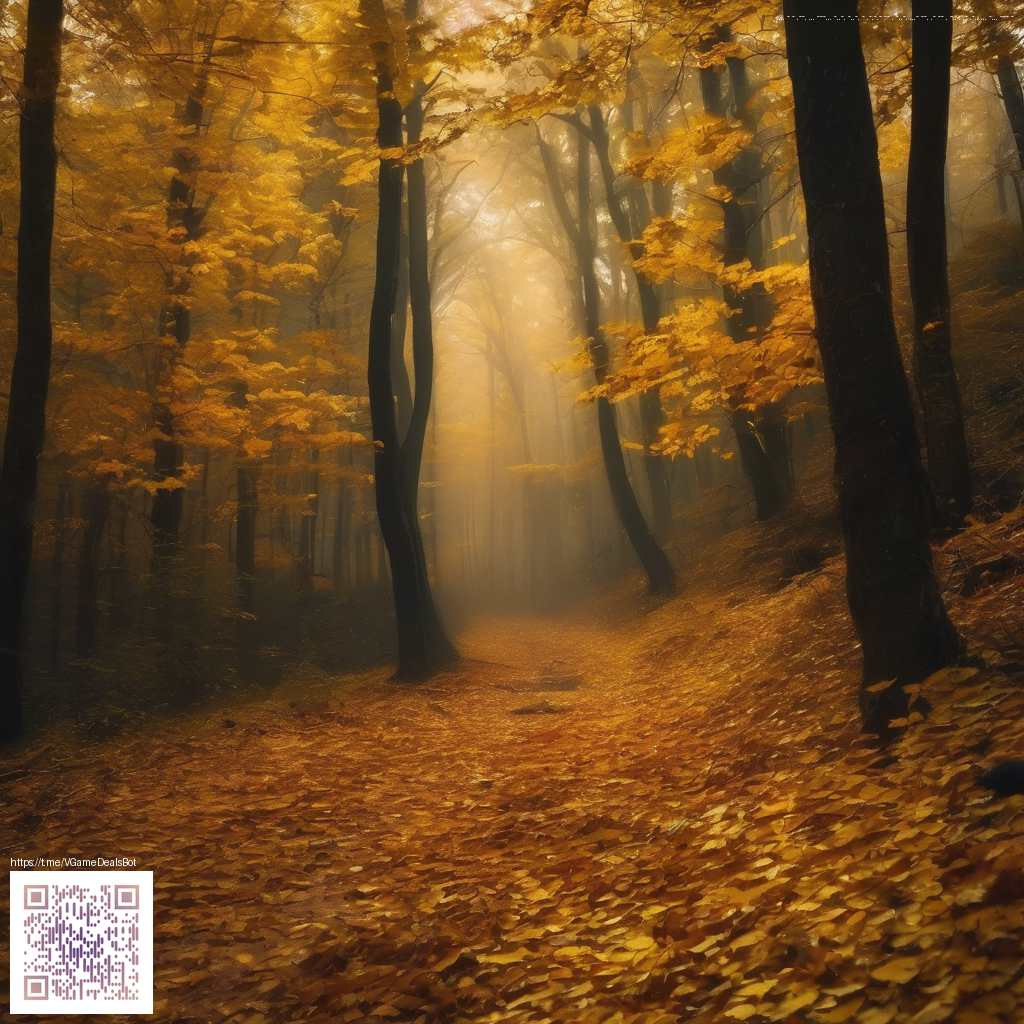
How Textured Backgrounds Elevate Product Photography
Texture does more than decorate a shot—it communicates feel, scale, and context. In product photography, the backdrop should be a supporting actor, not the star. A well-chosen texture helps cradle the product's silhouette and enhances details like grip, material finish, and contours. Done right, depth and mood emerge, guiding viewers toward the product's features and purpose.
Picking textures that complement the subject
Start by analyzing the product's character. A rugged phone case, for instance, benefits from tactile textures that echo resilience—think brushed metal, rugged fabrics, or matte stone-inspired surfaces. The goal is harmony: textures that echo what the product is made to endure while keeping the device legible and bold. You can explore the rugged case on its product page: Rugged Phone Case—Tough Impact-Resistant TPU/PC Shield.
Texture language matters: for electronics, a restrained texture communicates cleanliness and durability; for fashion accessories, a slightly richer texture conveys premium feel; for kitchenware, a slate or stone texture implies reliability. Build your texture library with swatches and test shots to see how each backdrop reads under different lighting and angles.
- Texture scale matters: too busy a pattern competes with the product; a subtle texture often works best for close-ups.
- Color relationships: choose textures that support the product color palette—neutrals and earth tones often provide a clean backdrop for electronics.
- Lighting strategy: directional light reveals texture without creating glare; grazing light can emphasize surface details.
- Layering textures: combine a primary backdrop with a secondary surface to add depth, such as placing the product on a textured mat with a softer paper in the background.
Practical shooting tips to make textures sing
When texture is king, your camera settings and setup matter just as much as the backdrop. Use a moderate aperture to keep both the edge of the product and the texture crisply defined. A tripod keeps consistency across shots, and a light tent or softbox can smooth unwanted harsh reflections on glossy surfaces. If you shoot handheld, focus stacking can help preserve details along the texture while keeping the subject tack-sharp.
Texture language also benefits from consistent lighting and color balance. Try to maintain a single light direction across a small set of textures so viewers can compare them on equal footing. For close-ups, back off slightly on the lighting intensity to prevent glare that can wash away fine grain or fabric weave. A little texture sharpening in post can help the surface cues pop without turning the shot artificial.
Texture should support the subject rather than compete with it. The backdrop should whisper, not shout, so the product remains the focal point.
Incorporating these ideas with real-world examples makes the concept tangible. For instance, pairing a rugged device with a coarse textile and a subtle, stone-like vinyl can convey durability and reliability without overpowering the design. The textures act as a narrative thread—suggesting, with a single glance, how the product feels in the hand and performs in real life.
If you’d like to see more texture ideas, explore a reference page for gallery-style inspiration and arrangement ideas. The page provides diverse setups and color stories to spark your own shoots.